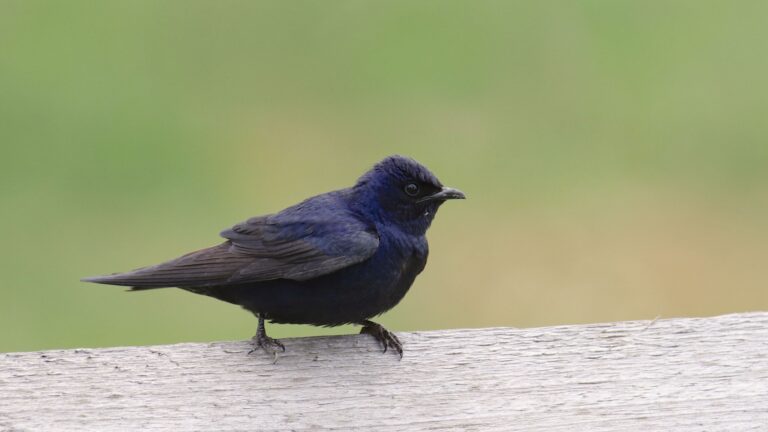Western Diamondback Rattlesnake Spotted With Rare ‘Leopard Spot’ Pattern
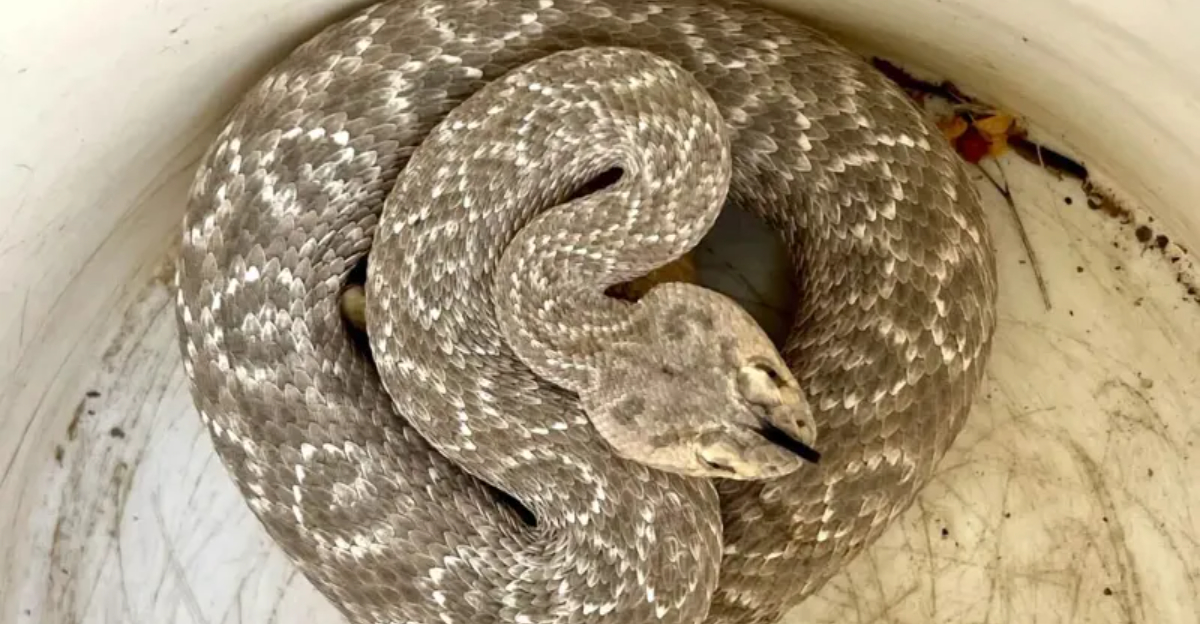
Snake experts in Arizona recently made an extraordinary discovery that has reptile enthusiasts buzzing with excitement.
A Western Diamondback rattlesnake with an extremely rare ‘leopard spot’ pattern was found during a routine removal call in Scottsdale.
This unusual coloration deviates dramatically from the typical diamond-shaped markings these venomous reptiles are known for, making it a fascinating anomaly in the snake world.
1. The Rare Discovery In Scottsdale: A Snake Unlike Any Other
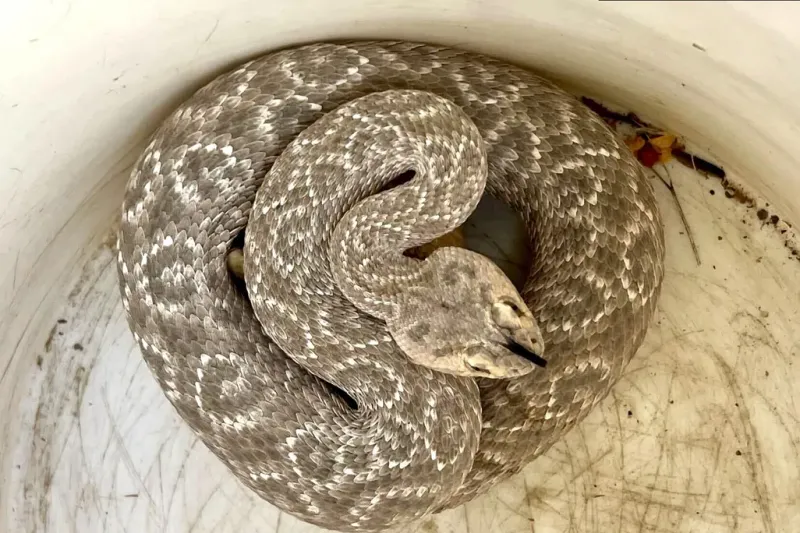
Rattlesnake Solutions’ removal team answered what seemed like an ordinary call in Scottsdale, only to stumble upon herpetological gold. The Western Diamondback they encountered sported unusual leopard-like spots rather than traditional diamond patterns.
Even seasoned snake handlers were momentarily stunned by the rare genetic mutation. This once-in-a-career find quickly became the talk of reptile communities nationwide.
2. What Made This Western Diamondback Different From The Rest?
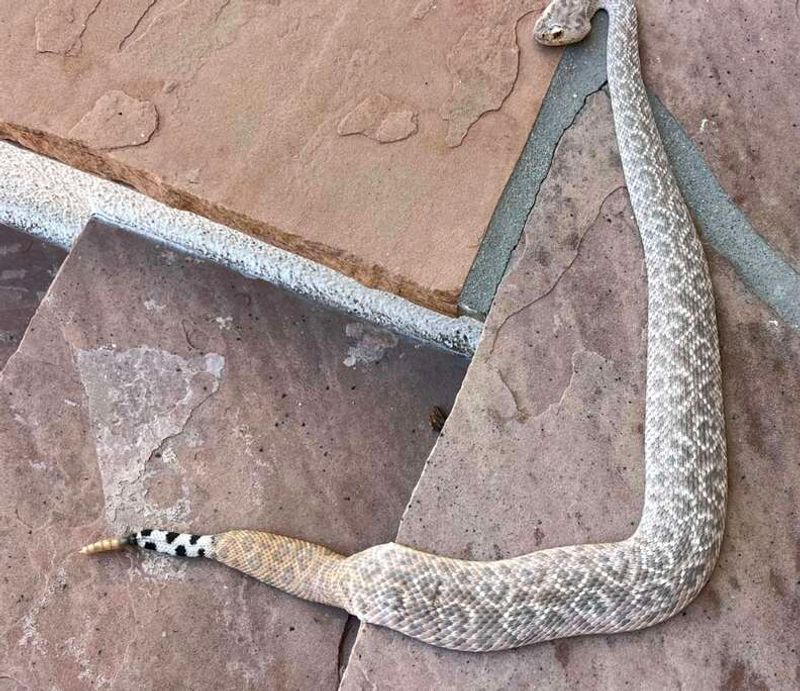
Imagine spotting a zebra with polka dots! That’s how remarkable this rattlesnake’s appearance was to experts. Instead of the signature diamond pattern, this snake displayed scattered, irregular spots resembling a leopard’s coat.
Genetic mutations causing pattern aberrations are exceedingly rare in wild rattlesnakes. Such variations typically don’t survive long in nature, making this discovery particularly significant to science.
3. Rattlesnake Solutions’ Unexpected Encounter With A Leopard-Patterned Rattlesnake
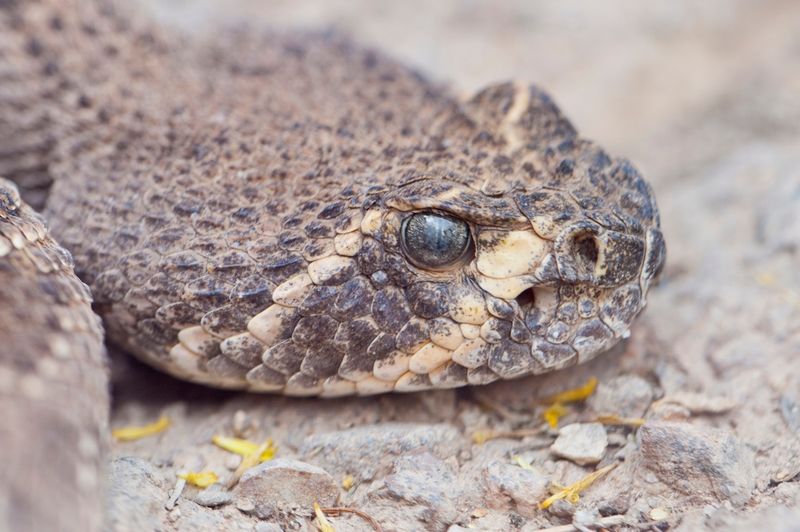
The removal team initially thought their eyes were playing tricks! Despite handling countless Western Diamondbacks yearly, this was their first encounter with a leopard-patterned specimen.
Despite its unusual appearance, the snake retained all the dangerous characteristics of its species. Its potent venom and defensive rattling reminded handlers that beauty in the snake world often comes with deadly potential.
4. A Rattle With A Twist: Western Diamondback’s Unusual Pattern In Scottsdale
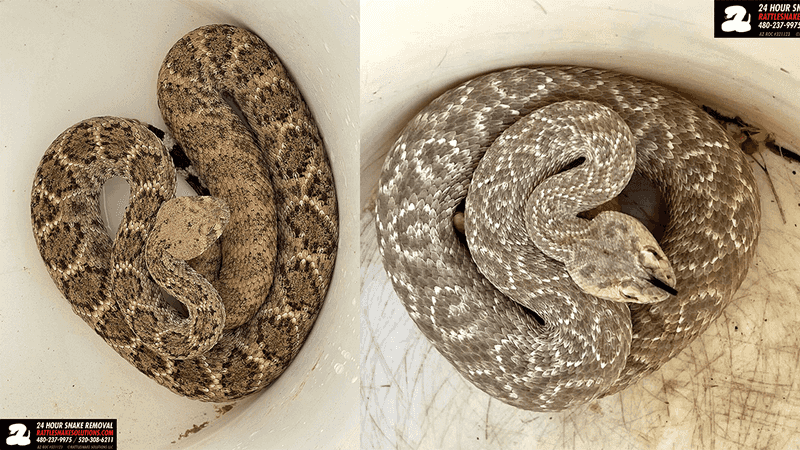
Mother Nature occasionally throws curveballs, and this rattlesnake represents her artistic experimentation. The snake’s leopard-like markings aren’t just beautiful—they’re scientifically significant.
Wildlife biologists believe such pattern mutations might result from recessive genes rarely expressed in wild populations. This makes each sighting valuable for understanding genetic diversity in reptiles and how environmental factors might influence expression.
5. The Danger Of The Western Diamondback’s Venom: Fact Or Fiction?

Fancy spots don’t make this snake any less dangerous! Western Diamondbacks possess hemotoxic venom that destroys tissue and disrupts blood clotting. Without treatment, bites can cause severe tissue damage or even death.
Thankfully, modern antivenoms are highly effective when administered promptly. Despite their fearsome reputation, these snakes cause remarkably few fatalities today, largely due to medical advances and public education.
6. Typical Appearance Of The Western Diamondback Rattlesnake
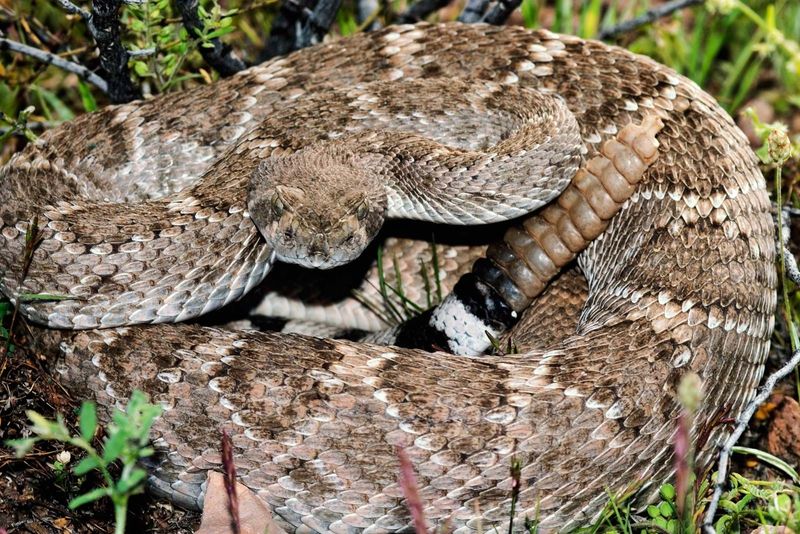
Standard Western Diamondbacks showcase a distinctive pattern of diamond-shaped blotches outlined in cream or white against a brownish-gray background. Their tail sections feature bold black and white bands leading to the famous rattle.
Heavy-bodied and intimidating, these snakes average 3-5 feet long. Their triangular heads house heat-sensing pits between the eyes and nostrils, perfect for detecting warm-blooded prey in darkness.
7. The Rattle: Their Key Identification Feature
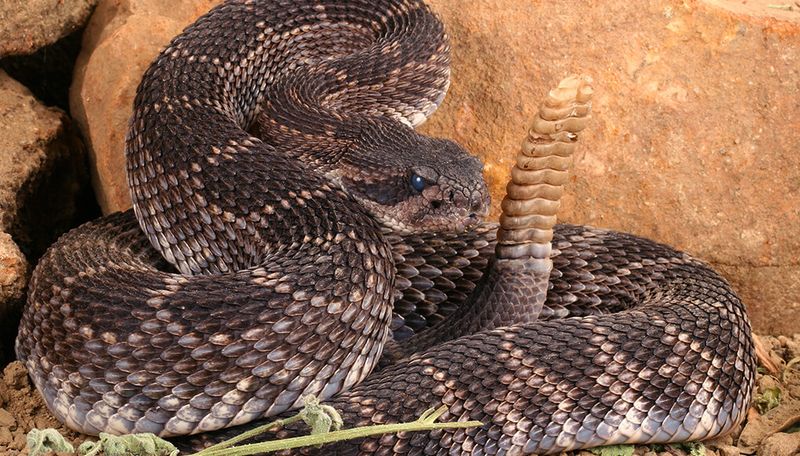
That iconic buzz! Western Diamondbacks shake their rattles at up to 60 vibrations per second, creating the distinctive warning sound that makes the hair stand up on your neck.
Each time a rattlesnake sheds its skin, a new segment is added to its rattle. Contrary to popular belief, you can’t determine a snake’s exact age by counting rattle segments, as they often break off in the wild.
8. Common Body Patterns In Western Diamondback Rattlesnakes
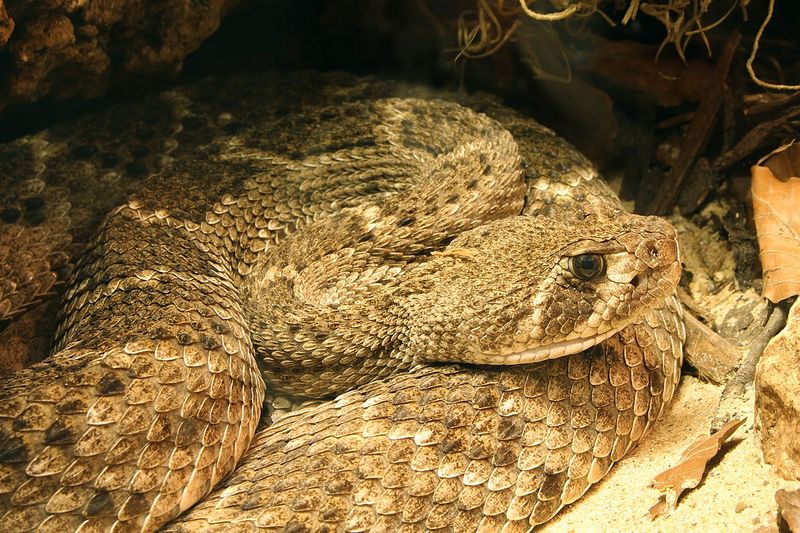
Nature’s camouflage artists, typical Western Diamondbacks wear a series of dark diamond-shaped blotches running down their backs. These diamonds feature lighter centers with cream-colored borders that stand out against the snake’s base coloration.
Two distinctive diagonal stripes extend from each eye to the jaw, creating a mask-like appearance. This combination of markings helps these predators blend perfectly into their rocky, desert surroundings.
9. Leopard Spot Patterns Vs. Diamondback Patterns: A Rare Anomaly
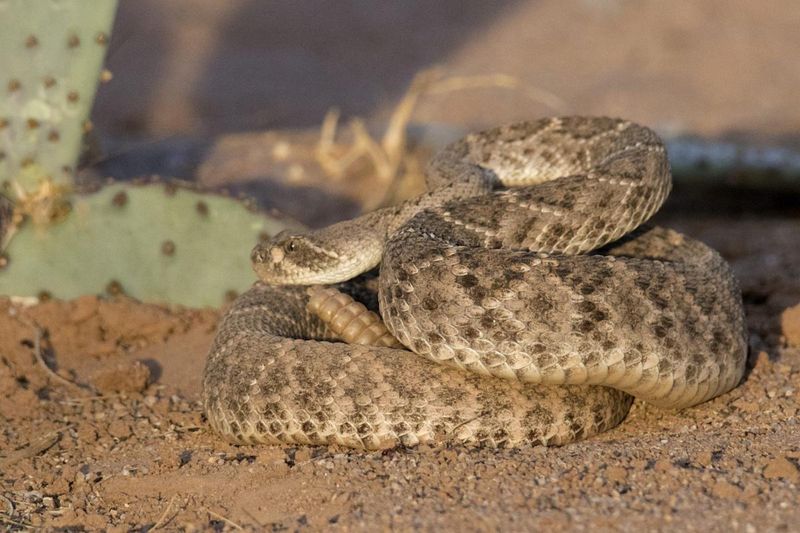
Standard diamondback patterns form connected, diamond-shaped blotches with defined borders. The rare leopard pattern discovered in Scottsdale featured scattered, irregular spots without the typical geometric precision.
Herpetologists estimate such pattern mutations occur in less than 1% of wild Western Diamondbacks. Similar aberrations have occasionally been documented in captive-bred specimens, but finding one in the wild represents a true biological lottery win.
10. How The Leopard-Patterned Diamondback Differs From Typical Rattlesnakes

Beyond just aesthetics, the leopard-patterned snake’s coloration raises fascinating questions about natural selection. Traditional diamond patterns provide excellent camouflage in desert environments, while spotted patterns might actually reduce survival chances.
Scientists theorize this mutation might affect how predators perceive the snake. Eagles, hawks, and coyotes—all natural predators of rattlesnakes—might spot the unusually patterned snake more easily, making its survival into adulthood remarkable.
11. How Large Can A Western Diamondback Rattlesnake Grow?
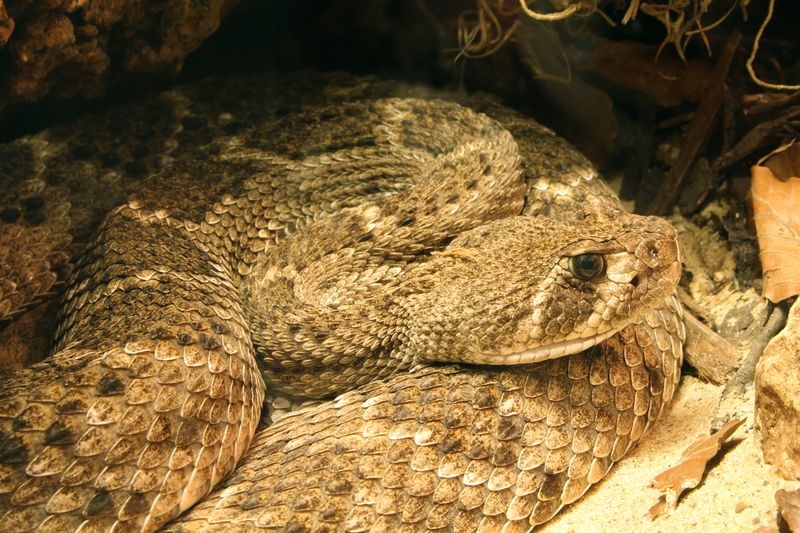
These formidable predators typically reach 3-5 feet in length, though exceptional specimens stretching nearly 7 feet have been documented! Females generally grow larger than males, bucking the trend seen in many snake species.
As they grow, Western Diamondbacks become increasingly efficient hunters. Adult snakes can consume prey up to 40% of their body weight, from small rodents to rabbits and even small birds.
12. Where Do Western Diamondback Rattlesnakes Live?
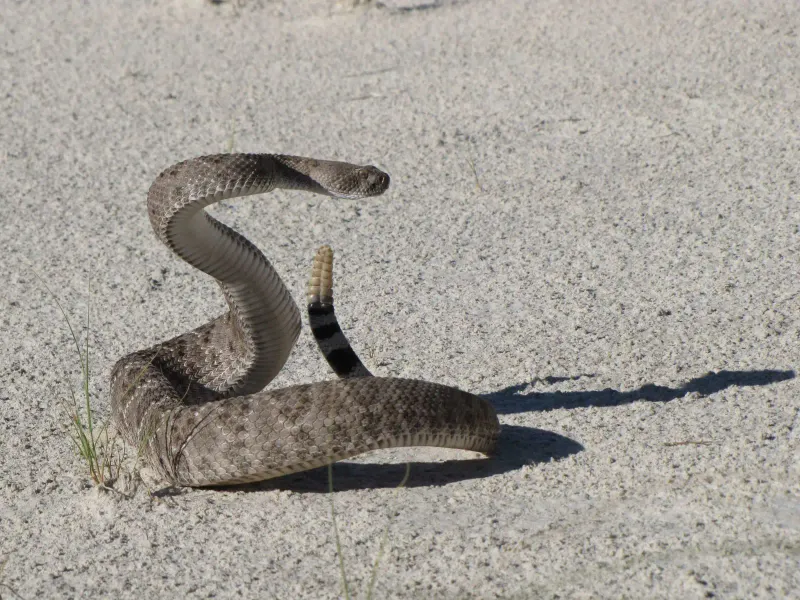
Masters of desert living, Western Diamondbacks thrive across the southwestern United States and northern Mexico. From the scorching Sonoran Desert to scrublands and rocky hillsides, these adaptable reptiles have conquered some of North America’s harshest environments.
In urban areas like Scottsdale, these snakes often find themselves in uncomfortable proximity to humans. Construction and development continually encroach on their natural habitat, leading to more frequent human-snake encounters.


